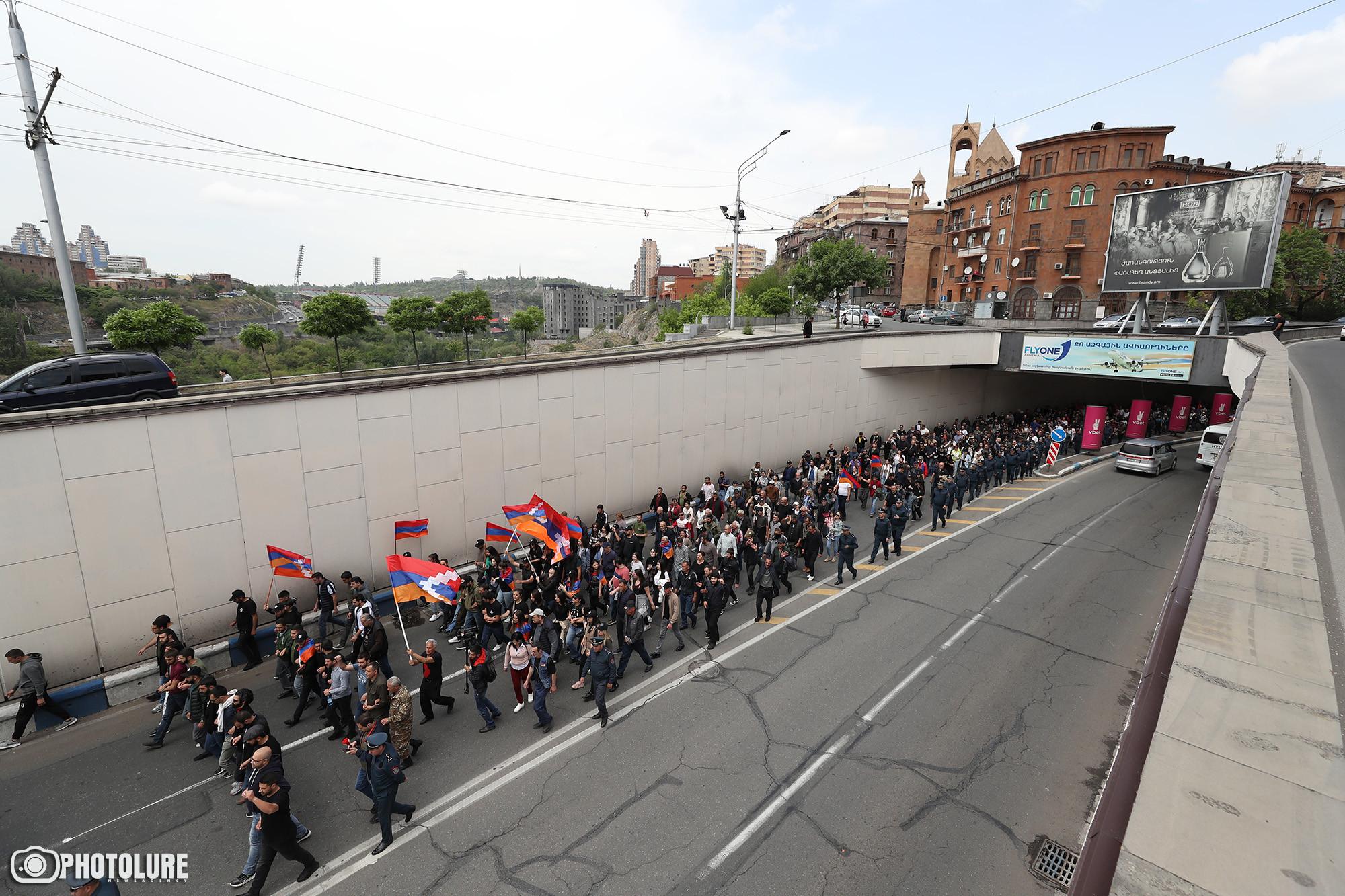Armenian pensioners to receive cashback for using cards
Cashback for non-cash transactions
In Armenia, pensioners and socially disadvantaged families receiving benefits will receive a monthly 10% cashback for non-cash transactions, that is, if they use a bank card for to pay for goods and services. The government has already approved this decision, it will come into force on July 1, 2022. The program will be implemented in cooperation with private banks. The project is pilot and will last six months until the end of the year. The decision on the extension will be made after an analysis of its effectiveness.
- ‘We don’t have any rights’ – how people with disabilities struggle in Armenia
- How voluntary certification helps Armenian teachers to earn more
- Employement of Karabakh war veterans – how the issue is resolved in Armenia
Cashback for all purchases and utility bills
This initiative was announced by the Ministry of Labor and Social Affairs last week. However, originally, it referred to the provision of cashback only when buying food and medicine. In the final version, which was adopted by the government on May 19, there is no such restriction․ Project beneficiaries will be able to count on cashback in case of any non-cash purchases.
“The decision will also apply to utility payments if they were made through the ATMs of the bank that issued this pension card”, added Minister of Labor and Social Affairs Narek Mkrtchyan.
The list of beneficiaries has also expanded. In addition to pensioners, according to the final version of the decision, it will also apply to those who receive benefits not in cash, but via a bank card.
Minister of Labor and Social Affairs Narek Mkrtchyan said that at the moment there are only 1,000 such people in the country. And the government expects that the decision to provide cash back will become an incentive for the rest to switch to cashless payments.
Beneficial for both pensioners and banks
The rationale for the project states that it
- serves as a tool to mitigate the negative effects of inflation,
- increases the volume of non-cash transactions, which will have a positive economic effect,
- increases consumer knowledge about modern financial instruments and technologies and expands the scope of their application.
Pensioners and those who receive benefits will receive a cashback of 10% of the amount of non-cash payments, but not more than 5,000 drams ($11) per month, given that the average pension in Armenia is just under 50,000 drams ($90).
According to the Prime Minister of Armenia, the limit was set due to the fact that there are pensioners in the country who receive a pension of 200,000 drams ($440) or more.
The state has agreed to implement the project with private banks. Partners will participate in it equally, that is, in a ratio of 5%. Until June 1, the website of the Ministry of Labor and Social Affairs will publish a list of banks that have agreed to become government partners in this program.
Prime Minister Nikol Pashinyan asked the authors of the project: “If a pensioner finds out that the bank serving him is not on the list of government partners for this project, can they apply to another bank?”. The Minister of Labor and Social Affairs replied that from June, when the list of banks will be published, until July, when the decision comes into force, the beneficiaries will have a month to obtain a card from another bank.
The peculiarity of these cards is that it will be impossible to transfer any amounts on them, therefore all beneficiaries should be careful: they should not withdraw the entire amount at once, otherwise they will not be able to use the program during this month.
Speaking about the effectiveness of the project, Prime Minister Pashinyan suggested that it would benefit pensioners, banks, and businesses in general. According to him, at the beginning of the month, pensioners immediately cash out the entire amount of their cards, and now it will remain on their accounts, which will create a short-term cash reserve for banks – from several days to 3-4 weeks. This will be beneficial for banks, since the total amount of pensions paid per year in Armenia is about 500 billion drams (more than $1 billion), not counting benefits.
As for the beneficiaries of the project, the government is going to analyze what they acquire the most in order to fight inflation in a targeted manner, if necessary, precisely for these goods.
Government’s “far-reaching plans”
The implementation of the project will increase state budget expenditures for 2022 by 5.66 billion drams ($12 million). Deputy Prime Minister Mher Grigoryan stressed that the program will also increase the costs of private banks, but this is justified for both structures. According to Grigoryan, this initiative is of strategic importance and should be treated as a developing infrastructure:
“If we make a cashless chain worth tens of billions of dollars, after some time it will really become a matter of commercial logic, after which the government will, of course, at some point withdraw from the program. But I’m sure the project will continue”.
According to Prime Minister Pashinyan, the pilot phase of the program will provide an opportunity to collect data on beneficiaries, analyze it and revise the state policy accordingly,:
“It was written in the programs of all our previous governments that social assistance should be as targeted as possible. But we cannot achieve it because we do not have the proper level of research. We have the person’s address, but we don’t have the “address” of their needs”.
The Minister of Labor and Social Affairs also believes that the implementation of the project will help overcome the “inertial logic” of targeted programs. Narek Mkrtchyan said that the ministry is developing a new vulnerability assessment system, which involves not providing assistance, but providing services based on people’s needs. It will be launched in 2023.





















